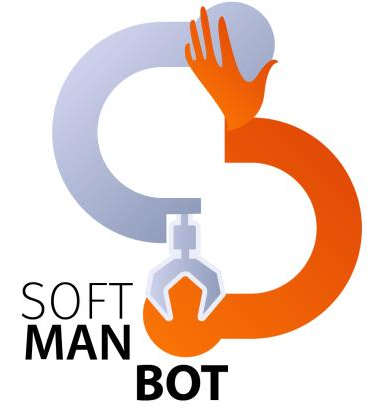Rising wages are driving parts of production in the tyre, footwear, toy and textile industries to low-wage countries. An EU project launched last October is now trying to counteract this development. The aim is to achieve a higher degree of automation in production and to improve ergonomics at the workplace through new types of robot systems and handling technology. EU research project Softmanbot is about handling technology for flexible plastic and rubber parts.
Handling technology: how to grip tyres and doll heads
What connects tyres and doll’s heads? They are flexible parts. And these can only be handled with human intuition in various industries today. This ranges from tyre production to the handling of doll’s heads and the sewing together of different fabrics. However, technological progress means that robots and machines will one day be able to take over other subtasks.
The aim of the EU research project Softmanbot
Against this background, the European Union has now launched the Softmanbot research project as part of the “Horizon 2020” funding programme. Under the English working title “Advanced RoBOTic Technology for Handling SOFT Materials in MANufacturing Sectors” (in short: Softmanbot), the aim is to create an innovative and integrative robot system for handling flexible and deformable materials (textiles, rubber etc.) in labour-intensive production processes.
The future robot system and handling technology are to consist of three components: robot, gripper and perception system (vision and sensor technology), which can handle soft components or workpieces with a high degree of precision and flexibility. The gripping system should be able to recognise the product and the human operator in real time.
A multi-sensor control and planning platform should provide AI-based task generalisation. A flexible handling system which is equipped with tactile grippers, for example, will play a major role in the robot system of the future. This can measure the contact forces on soft workpieces using integrated sensors and is thus able to react to their deformation. Safety, ergonomics, adaptability, acceptance and user-friendliness are further important aspects to be fulfilled.

Recent Comments